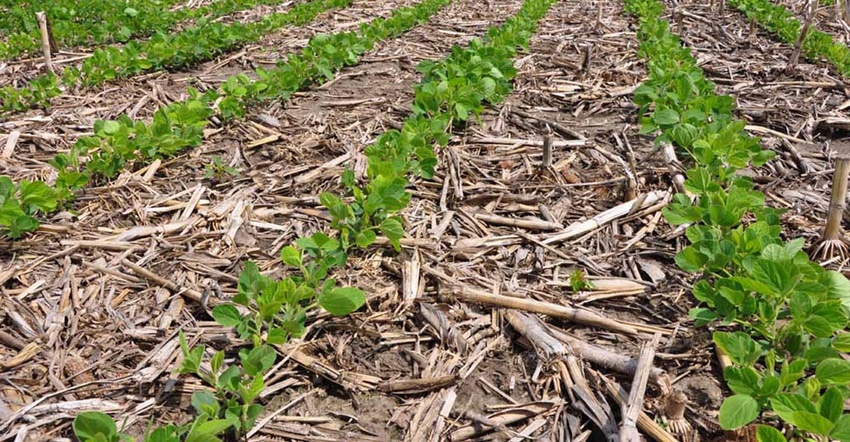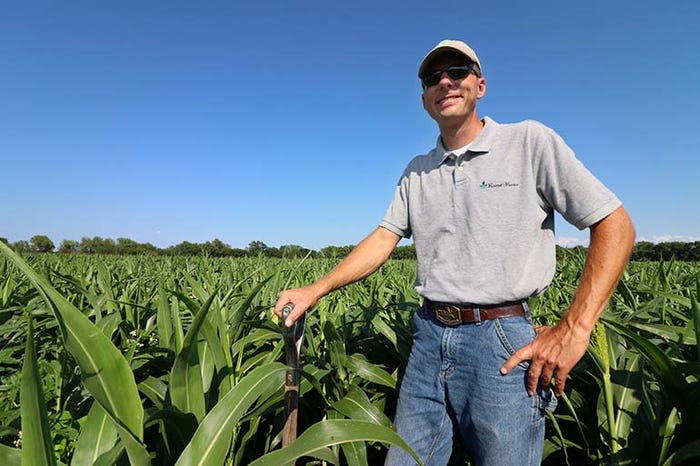September 10, 2018

A report by the Environmental Defense Fund (EDF) and K·Coe Isom AgKnowledge finds that conservation practices delivered positive returns on investment for farmers and created value far beyond the field.
The report, Farm finance and conservation: How stewardship generates value for farmers, lenders, insurers and landowners, includes detailed financial reviews of family farm budgets for a range of producers across the Midwest.
“The conclusion is clear: conservation can boost profitability. Farmers in our study reported cost savings, diversified income streams and increased yield resilience, and this allowed conservation practices to pencil out even in lean economic years,” said Maggie Monast, senior manager for economic incentives and agricultural sustainability at EDF.
Three corn, soy and wheat farmers – Scott Henry of Iowa, Justin Knopf of Kansas and Josh Yoder of Ohio – opened their books to provide real-world case studies of how they made cover crops, crop rotation, conservation tillage and precision fertilizer management economically viable in the face of a volatile farm economy and changing climate.
“Sustainability brings together environmentally friendly practices with the economic realities of running a business,” said Scott Henry, a fourth-generation farmer and business development manager at LongView Farms. “Cover crops challenged us to find this balance. They provide real long-term value, but they’re expensive. To make the economics work, we measure returns across multiple years and reduce seeding and application costs as much as possible.”

Scott Henry
The report also includes a comparative analysis of ten additional Midwestern farms and describes the financial value that conservation can generate for farmers’ financial partners.
“From working with farmers in this report and other farmer clients, we’ve seen that producers who adopt conservation practices generally reduce risk and increase profits and asset values. Because of this, they tend to be more reliable business partners to agricultural lenders, crop insurers, landowners and farmland management companies,” said Alan Grafton, director of K·Coe Isom AgKnowledge.
“The farm financial system doesn’t currently recognize or reward farmers for the value they generate through conservation. We need additional efforts to build a robust financial case for the value of conservation from the farm field to global commodity markets,” Monast said.

Justin Knopf
Other key findings from the report include:
The value of conservation often becomes more apparent when analyzing budgets at the farm enterprise scale. While conservation practices bring cost increases in several budget categories, cost savings in other categories create a net positive return.
It takes time to find the right mix of practices and management adjustments to make conservation work for each unique operation, but after some trial and error, the benefits can be substantial.
Lease terms, land appraisal practices and crop insurance policies can be adjusted to provide conservation incentives to farmers, and ultimately to generate more financial value and risk reduction for agricultural business partners.

Josh Yoder
Learn more at edf.org/farm-finance.
Source: Environmental Defense Fund
You May Also Like




